Sustainability Initiatives
The increasing emphasis on sustainability within the textile industry appears to be a pivotal driver for the Digital Textile Printing Machine Market. As consumers become more environmentally conscious, manufacturers are compelled to adopt eco-friendly practices. Digital textile printing offers reduced waste and lower water consumption compared to traditional methods. Reports indicate that the market for sustainable textiles is projected to grow significantly, with a compound annual growth rate of over 10%. This shift towards sustainability not only aligns with consumer preferences but also encourages innovation in printing technologies, thereby enhancing the overall appeal of digital textile printing machines.
Rising Demand for Fast Fashion
The fast fashion phenomenon is a crucial driver for the Digital Textile Printing Machine Market. As fashion cycles shorten, brands are increasingly turning to digital printing to accelerate production times and respond swiftly to market trends. Digital textile printing allows for rapid prototyping and shorter lead times, enabling companies to bring new designs to market more quickly. Industry expert's reveal that the fast fashion sector is projected to continue its growth trajectory, further fueling the demand for efficient printing solutions. This trend underscores the importance of digital textile printing machines in meeting the fast-paced needs of the fashion industry.
Customization and Personalization
Customization and personalization trends are reshaping consumer expectations in the Digital Textile Printing Machine Market. As consumers increasingly seek unique and tailored products, manufacturers are leveraging digital printing technologies to meet these demands. The ability to produce small batches with intricate designs allows for greater flexibility and creativity. Market data suggests that the demand for customized textiles is on the rise, with a notable increase in orders for personalized items. This trend not only drives sales but also fosters customer loyalty, as consumers are more likely to return to brands that offer personalized experiences.
Integration of Smart Technologies
The integration of smart technologies into the Digital Textile Printing Machine Market is transforming operational efficiencies and product offerings. Innovations such as IoT and AI are enabling manufacturers to optimize production processes, reduce downtime, and enhance quality control. For instance, smart printers can monitor performance in real-time, allowing for immediate adjustments to maintain quality standards. This technological advancement is expected to attract investments, as companies seek to modernize their operations. Market analysis indicates that the adoption of smart technologies could lead to a significant increase in productivity, thereby expanding the market for digital textile printing machines.
Technological Advancements in Printing Techniques
Technological advancements in printing techniques are significantly influencing the Digital Textile Printing Machine Market. Innovations such as direct-to-garment printing and dye-sublimation are enhancing the quality and versatility of printed textiles. These advancements allow for vibrant colors, intricate designs, and improved durability, which are increasingly sought after by consumers. Industry expert's indicates that the demand for high-quality printed textiles is rising, with a growing preference for digital methods over traditional printing. This shift not only enhances product offerings but also positions digital textile printing machines as essential tools for manufacturers aiming to stay competitive in a dynamic market.


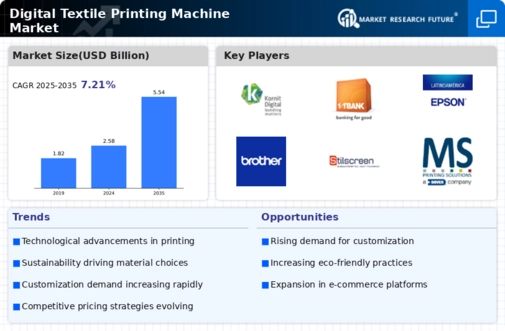
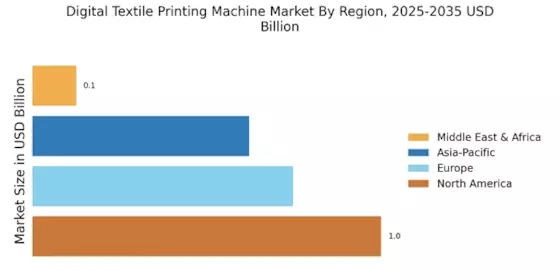
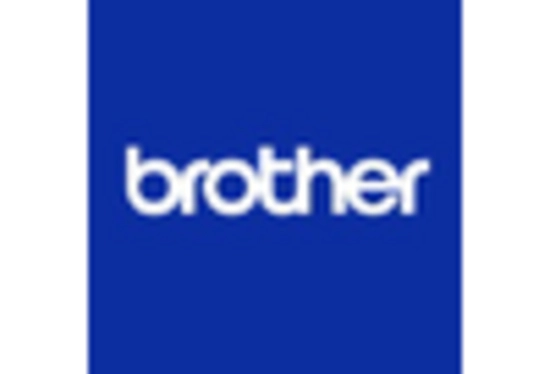
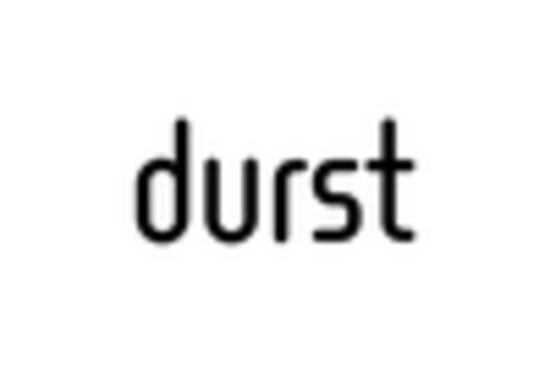
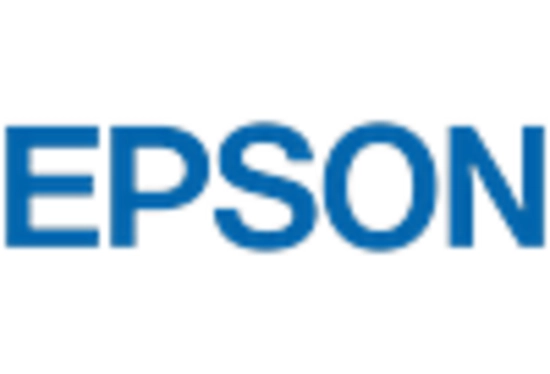
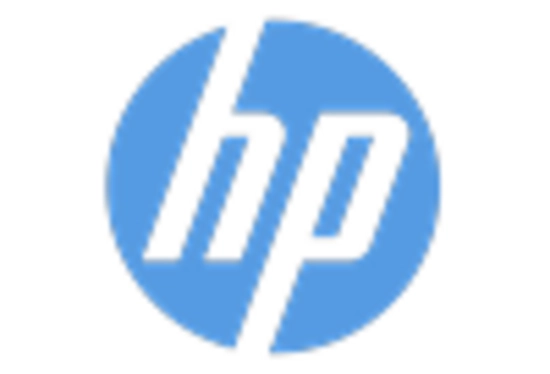
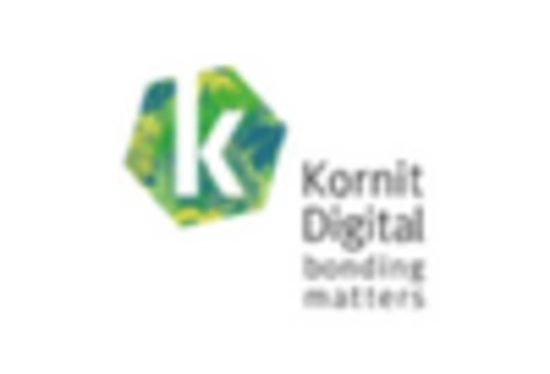
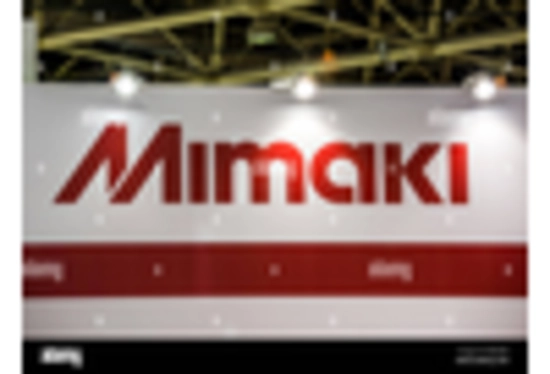








Leave a Comment